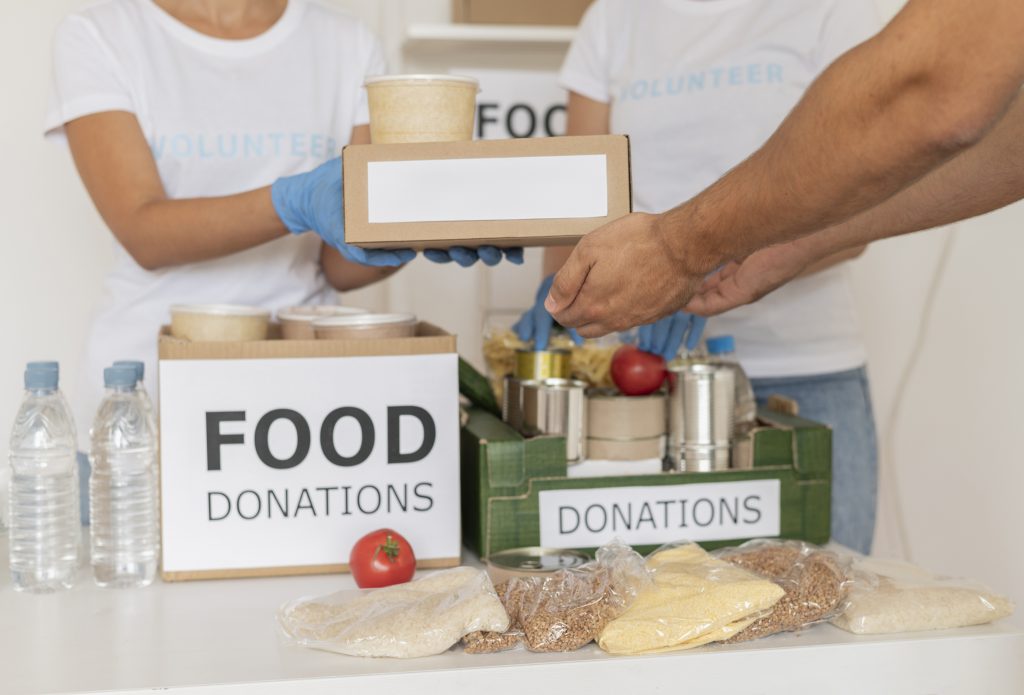Food insecurity continues to be one of the most pressing global challenges of the 21st century. According to the Food and Agriculture Organization (FAO), nearly 735 million people faced hunger in 2023 alone. The United Nations (UN) has long stood at the forefront of efforts to eliminate hunger through a multi-pronged approach. But how exactly does the UN intervene to tackle this crisis? In this post, we’ll explore the structure, strategies, and real-world impact of the UN’s food interventions.

Understanding Food Insecurity
Food insecurity is not just about hunger—it’s about inconsistent access to sufficient, safe, and nutritious food needed for an active and healthy life. It’s caused by a complex mix of factors: conflict, climate change, economic instability, poor infrastructure, and social inequality. The UN recognizes that ending food insecurity requires both immediate relief and long-term systemic change.

Key UN Agencies Involved in Food Intervention
1. World Food Programme (WFP)
As the leading humanitarian organization combating hunger, WFP provides emergency food assistance, improves nutrition, and builds resilience. It operates in over 80 countries and reaches more than 100 million people annually.
How WFP Works:
- Emergency relief: Delivering food in crisis zones, conflict areas, and disaster-hit regions.
- School meals: Providing free meals to children in schools to boost attendance and learning.
- Cash and voucher programs: Enabling families to buy food locally and support local economies.
- Nutrition support: Distributing specialized food for pregnant women, infants, and vulnerable groups.
2. Food and Agriculture Organization (FAO)
FAO focuses on sustainable agriculture, policy development, and technical assistance. It supports countries in building strong food systems.
How FAO Works:
- Policy advisory: Helping governments shape food and agricultural policies.
- Data and research: Monitoring food security trends and publishing the annual State of Food Security and Nutrition in the World report.
- Capacity building: Training farmers, supporting innovation, and promoting climate-smart agriculture.
3. International Fund for Agricultural Development (IFAD)
IFAD invests in rural communities to reduce poverty and hunger. It provides loans and grants to improve agricultural productivity and infrastructure.
How IFAD Works:
- Funding rural projects: Supporting smallholder farmers with access to markets and technology.
- Climate adaptation: Promoting resilience against climate change.
- Inclusive finance: Offering financial services to women and marginalized groups.
Sustainable Development Goal 2: Zero Hunger
The UN’s efforts are anchored in Sustainable Development Goal 2: Zero Hunger, which aims to end hunger, achieve food security, improve nutrition, and promote sustainable agriculture by 2030. All UN food interventions align with this goal, working collaboratively with national governments, NGOs, and local communities.
Success Stories from UN Food Interventions
- Yemen: Amid the ongoing conflict, WFP delivers food to over 13 million people every month, preventing a full-blown famine.
- Niger: FAO has helped farmers adopt drought-resistant crops and improve irrigation, enhancing food production in arid areas.
- Bangladesh: IFAD-funded projects have lifted thousands of small farmers out of poverty through training, microfinance, and improved market access.
Challenges Ahead
While the UN has made significant progress, several challenges persist:
- Political instability and conflict continue to drive displacement and hunger.
- Climate change threatens food production and supply chains.
- Funding gaps often hinder timely intervention.
The United Nations plays a pivotal role in the global fight against hunger. Through emergency response, policy support, sustainable agriculture, and inclusive development, UN agencies are not only saving lives but also laying the foundation for long-term food security. However, global cooperation, investment, and political will are essential to fully eradicate food insecurity by 2030.